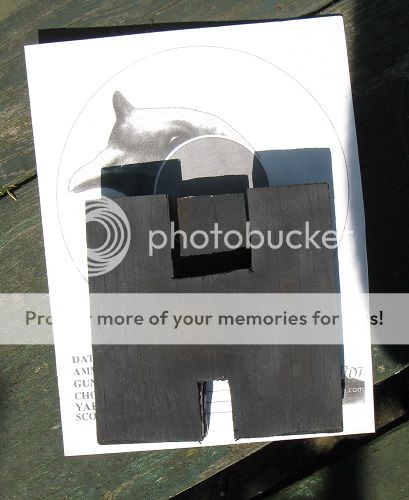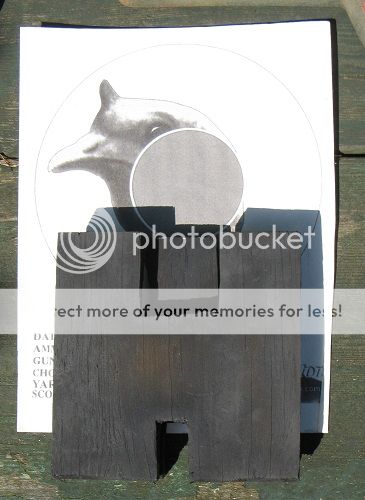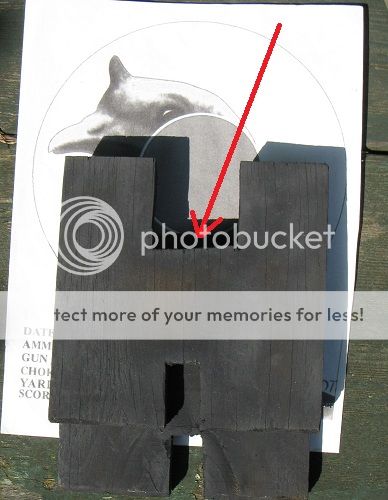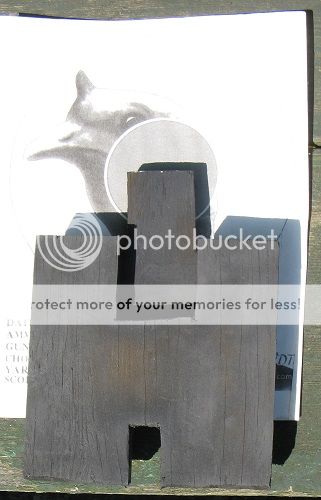TheScout, if you don't know how the weapon shoots how could you possibly know if the hole positions in the target are a result of an inaccurate weapon your your own skill level?
ALWAYS confirm the ability of the weapon before you test/train your self with it.
I absolutely DESPISE the recommendations of dry firing and promoting it as practice or any thing else other than PLAYING GUNS like irresponsible kids. If you can't make it to a safe place to shoot a gun, then you can't safely practice shooting a gun. Period.
The Four Rules
All guns are always loaded. (Treat them so!)
Never point the gun at anything you are not willing to destroy.
Keep your finger off the trigger until your sights are on target (and you have made the decision to shoot).
Be sure of your target and what is beyond it.
As for your eye sight, the BEST thing you can do to help/improve that situation is to WASH YOUR GLASSES and make sure they are perfectly clean every time you start a shooting session. Especially in that upper left corner of the right lens, for me any way. I shoot right handed.
I am a big proponent of quality air rifles as a cost efficient and space efficiency off hand practice and all field position practice. The better rifle you can attain, the more fun it is. BUT you still need to know what the gun is capable off before you can fairly judge your own shooting and if you are achieving improvement. If the gun can only shoot 3 inch groups and you are shooting 3.25 groups from field positions, you are doing pretty good. You need to back up.
To maximize accuracy with that Glenfield 25N you need to try it with a few different ammo types. I own one of those. This test target was done with my 10-22 and my Glenfield is no better but this will give an idea of the possibilities.
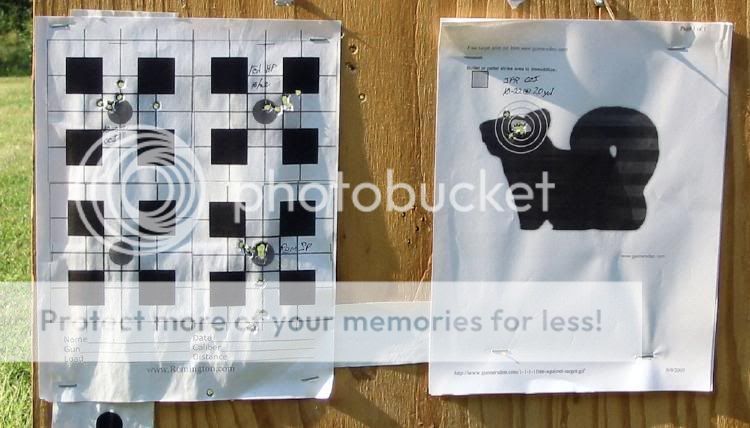
ALWAYS confirm the ability of the weapon before you test/train your self with it.
I absolutely DESPISE the recommendations of dry firing and promoting it as practice or any thing else other than PLAYING GUNS like irresponsible kids. If you can't make it to a safe place to shoot a gun, then you can't safely practice shooting a gun. Period.
The Four Rules
All guns are always loaded. (Treat them so!)
Never point the gun at anything you are not willing to destroy.
Keep your finger off the trigger until your sights are on target (and you have made the decision to shoot).
Be sure of your target and what is beyond it.
As for your eye sight, the BEST thing you can do to help/improve that situation is to WASH YOUR GLASSES and make sure they are perfectly clean every time you start a shooting session. Especially in that upper left corner of the right lens, for me any way. I shoot right handed.
I am a big proponent of quality air rifles as a cost efficient and space efficiency off hand practice and all field position practice. The better rifle you can attain, the more fun it is. BUT you still need to know what the gun is capable off before you can fairly judge your own shooting and if you are achieving improvement. If the gun can only shoot 3 inch groups and you are shooting 3.25 groups from field positions, you are doing pretty good. You need to back up.
To maximize accuracy with that Glenfield 25N you need to try it with a few different ammo types. I own one of those. This test target was done with my 10-22 and my Glenfield is no better but this will give an idea of the possibilities.

Last edited:

